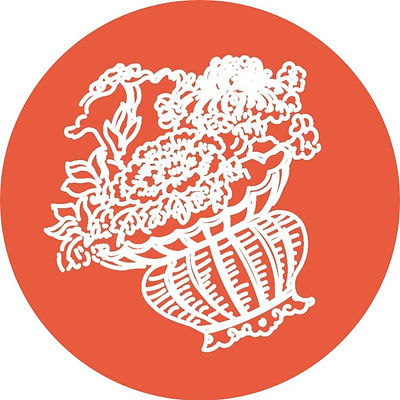
藍采和
Lan Cai He
藍采和是唐朝人,在今安徽省鳳陽縣臨淮關鎮得道成仙。他其實是個有點才氣的流浪漢,他的事迹在《續仙傳》、《南唐書》、《確潛類書》等書中均有記載。
據南唐‧沈汾《續仙傳》云:「藍采和,不知何許人也。常衣破藍衫,六黑木腰帶,闊三寸餘。一腳着靴,一腳跣行。夏則衫內加絮,冬則臥於雪中,氣出如蒸。每行歌於城市乞索,持大拍板長三尺餘,帶醉踏歌,老少皆隨看之。機捷諧謔,人問應聲答之,笑皆絕倒,似狂非狂,行則振靴。⋯⋯歌辭極多,率皆仙意,人莫之測。但以錢與之,以長繩穿,拖地行,或散失亦不回顧。或見貧人即與之,或與酒家。周遊天下。人有為兒童時至,及斑白見之,顏狀如故。後踏歌於濠梁,酒樓乘醉,有雲鶴笙簫聲。忽然輕舉於雲中,擲下靴衫腰帶板拍,冉冉而去。」
The Immortal Hermaphrodite
Lan Cai is said to have wandered the streets as a beggar while singing a song about the brevity of mortal life. Her/his attribute is a basket of flowers associated with longevity, which she/he carries to remind viewers of the transience of life and with which she/he can communicate with gods.
She/he is variously portrayed as a youth, an aged man, or a girl; in modern pictures generally as a young boy.
She/he is represented by wearing a tattered blue gown and only one shoe.
Lan Cai is the patron deity of florists.
